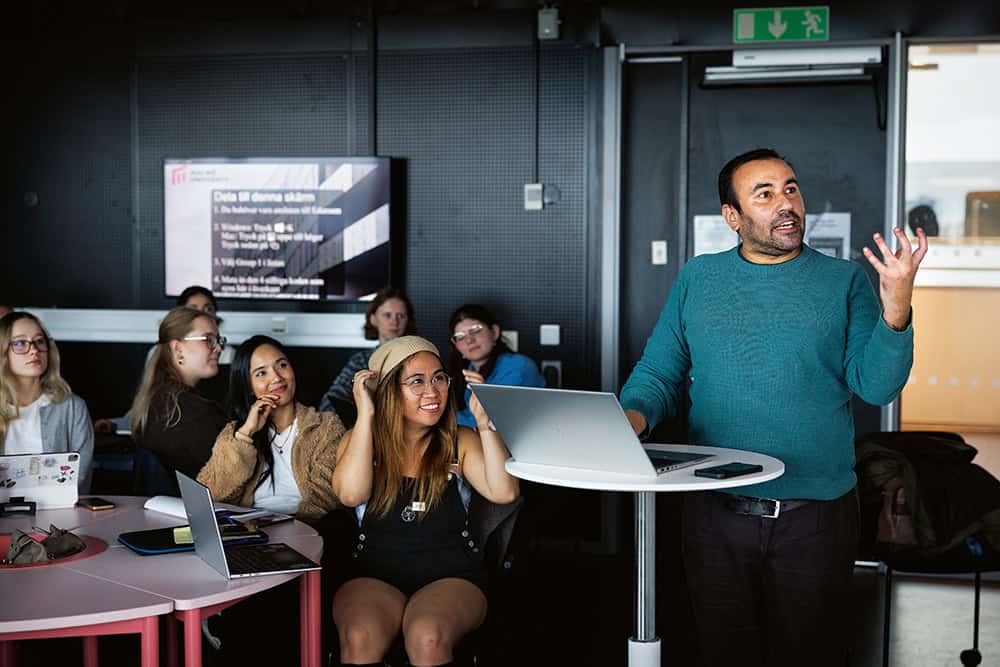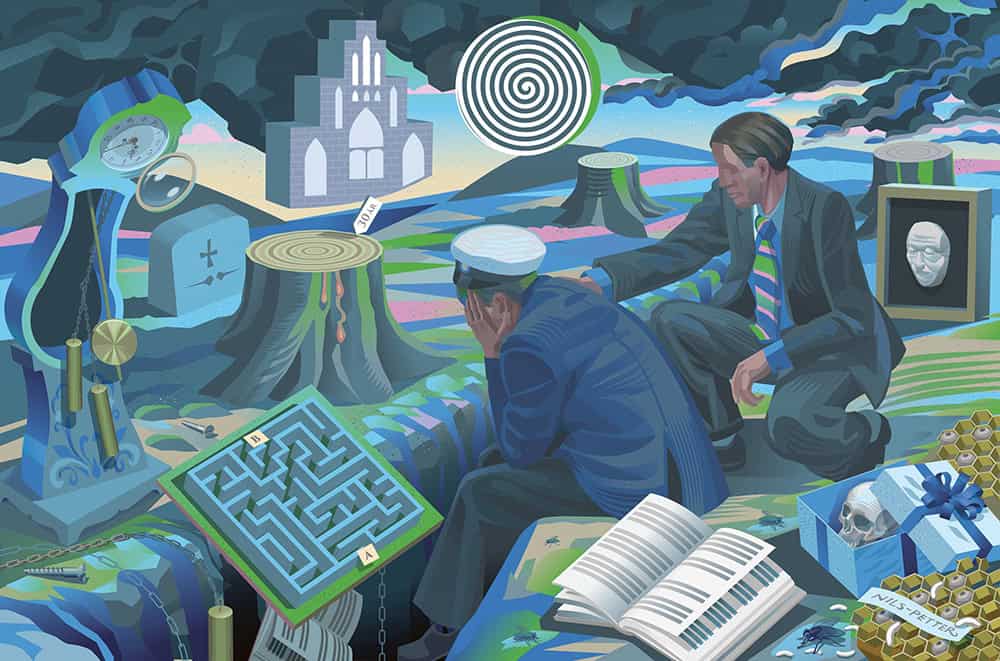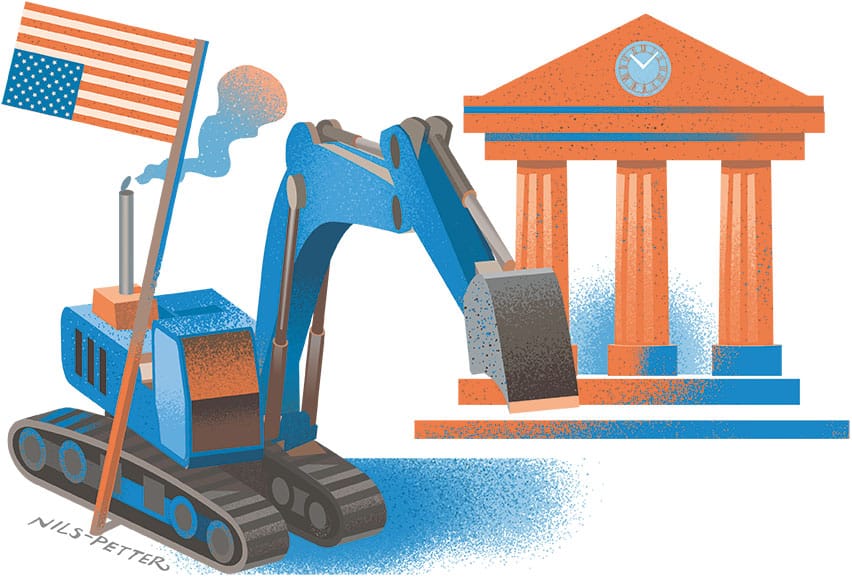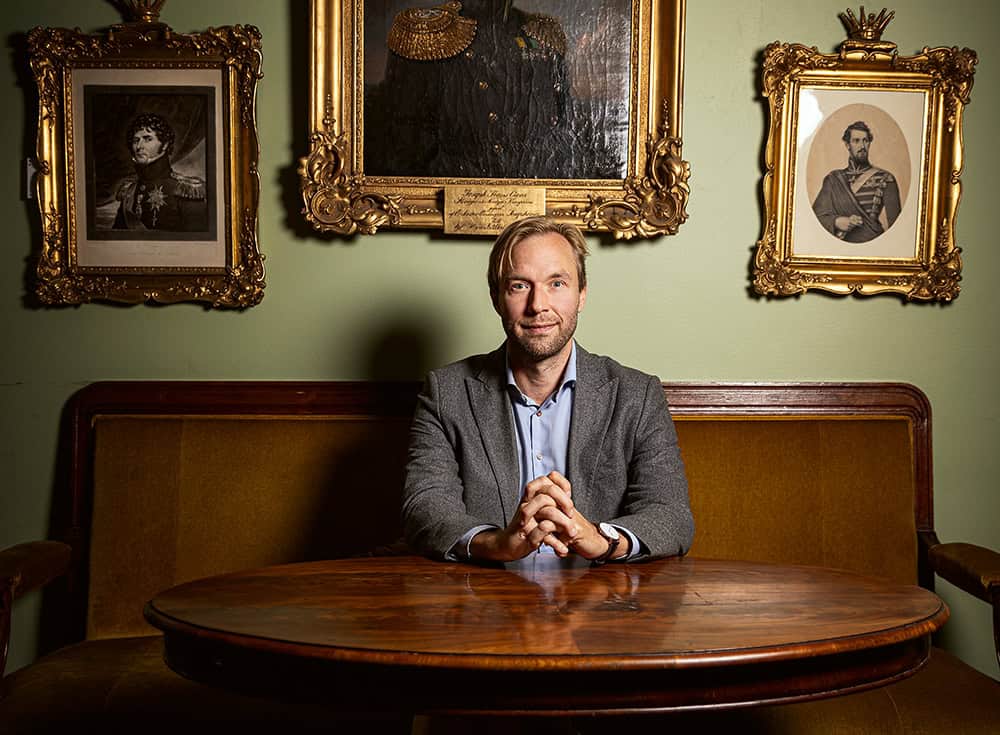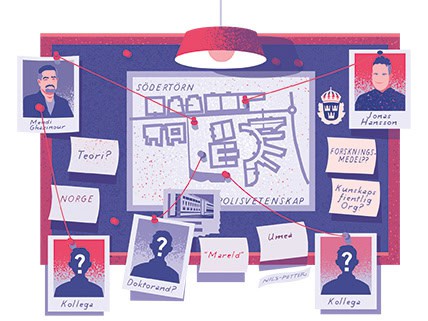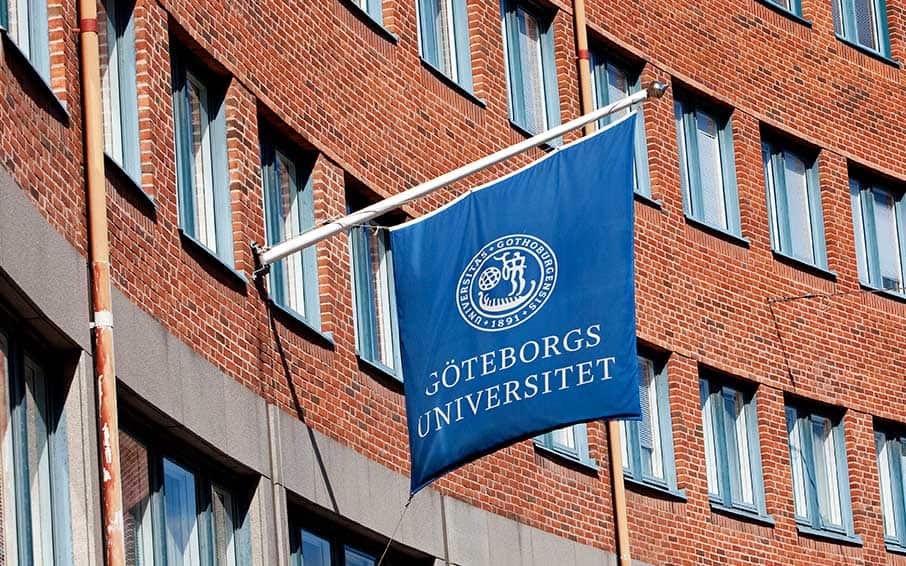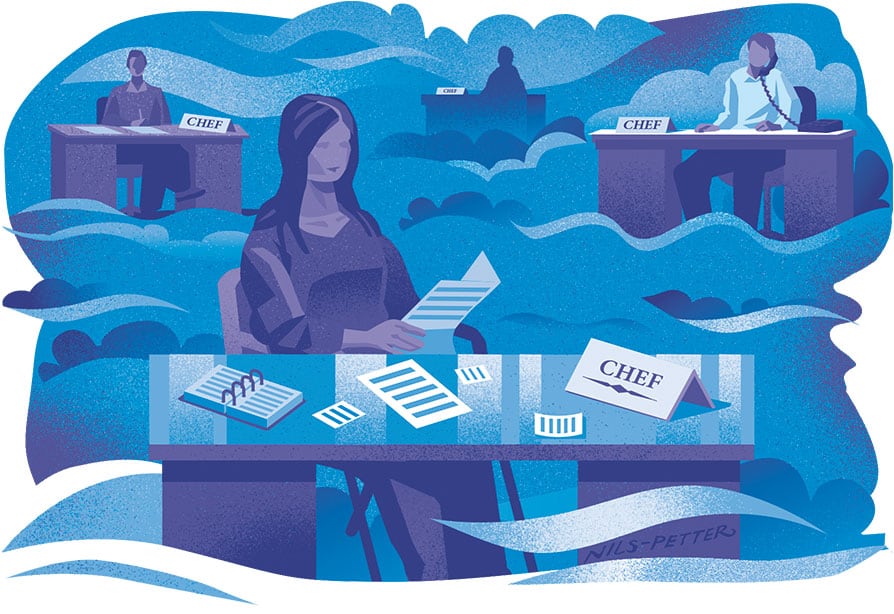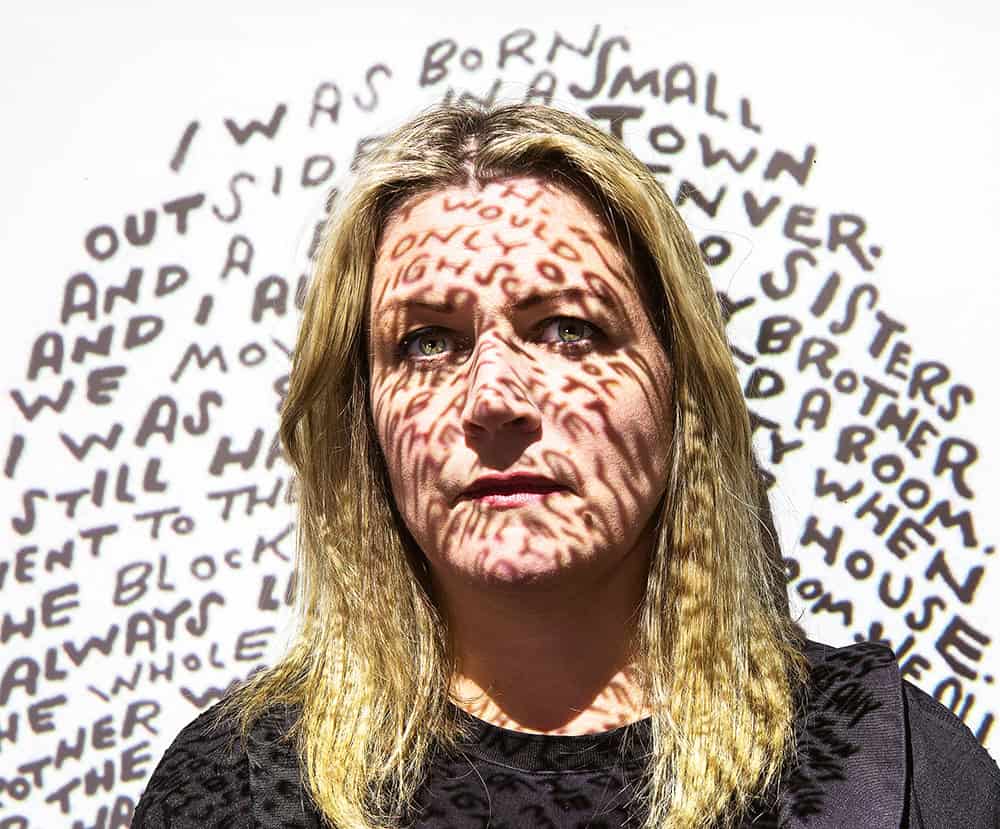It is no longer a matter of time before university students start using chatbots, believes Mikael Wiberg, professor of interaction design and informatics at Chalmers and at Umeå University. After the launch of Chat GPT in late 2022, he almost immediately received submissions where students reported that they had used the AI chatbot to help them.
“As the use of this kind of AI tool is so new, we have no agreed policy on how to address it,” he says.

Not plagiarism
Because the students were open about having used the tool, its use cannot be equated with plagiarism, he believes.
Fredrik Ahlgren is a senior lecturer in computer science at Linnaeus University. He sees Chat GPT as a tool – not yet one among many others perhaps, but almost. “Nobody regards using a word processor or a spelling checker as cheating,” he says, “because we are accustomed to those tools. At the same time, it will probably take a while before we get to that stage with Chat GPT.”
In order to be able to deal with AI chatbots as a teacher, you need to understand how they work, says Ahlgren. “Otherwise, we do not have the same knowledge as the students. You need to sit down and use them yourself to understand them.”

Thinking about examinations
Like others that Universitetsläraren has interviewed, he is thinking about the future of examinations.
We need to think about what is being examined, he believes. If a certain skill is to be assessed, a written examination is perhaps not the best way to do it. “AI could be used to generate texts, which the students in turn are asked to analyse. What I’m trying to get people to understand is that we need to have a broader perspective.”
But the AI chatbot also enables us to make education and teaching even better, he believes. “Another thing is our administrative tasks, the constant interruptions that we university teachers experience more and more of. Now we have a tool that can actually help us with that part of our job,” says Ahlgren.
Not just problems
Others in the sector also point out that the chatbot is not just a problem for teachers. It is also an aid. At a digital seminar on Chat GPT, which SULF arranged in February, more than 150 people participated. The invited speaker was Arnold Pears, professor of technological learning at KTH, who believes that the discussion regarding AI chatbots has been overdramatic. It is not the first time that a piece of software has been expected to turn education upside down.
”Universities are not very agile, and it can take several years to change a curriculum,” said Pears. “On the other hand, we adapted to the pandemic in a week and a half.”
The seminar discussion about the impact of chatbots on higher education was lively, not least with regard to the need for competence development. Participants expressed the view that teachers need to be allowed to set aside time within their work to assess how to use Chat GPT in their teaching and to develop new examination methods.

Can develop critical thinking skills
Anette Forss, a senior lecturer at the department of nursing at Karolinska Institutet, was one of the participants. She hopes that Chat GPT will contribute to the development of critical thinking skills, among both students and teachers.
“The discussion can easily end up as a choice between dystopia or utopia. I think it’s important that you don’t just uncritically embrace or reject it,” she tells Universitetsläraren.
She thinks that it is a shame that the debate so far has mostly been about cheating and plagiarism. “I don’t have a precise answer yet as to whether we should create new learning activities or remodel existing examinations and learning activities. But simply equating Chat GPT with educational tools is in itself a bit uncritical. The term tool implies something neutral and leads us in the wrong direction. These companies also make a lot of money from these products,” she says.
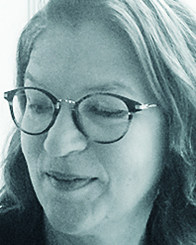
Some higher education institutions are in the process of formulating guidelines for Chat GPT. In February this year, a student at Uppsala University was given a warning for cheating because of the use of the AI chatbot. Even before that, the university had launched a project to produce guidelines for teachers.
Source evaluation and precise questions
University West writes on its website that Chat GPT is a good learning tool. There they offer tips and advice for teachers on how to deal with the AI chatbot, for example that students must be made aware that source evaluation is essential and that it is necessary to be precise when putting questions to Chat GPT.
Mikael Wiberg, a professor of interaction design and informatics, is also aware that source evaluation has become even more important with the growth of AI tools. The next version of Chat GPT will probably offer even more information and be more precise in its responses, he says. At the time of writing, Chat GPT-4 is being launched.
“The question is what approach we should take to technology. Here, I think we have to take a couple of steps back when we teach, and talk more about the importance of critical thinking, source evaluation and understanding context.”
The challenge, he says, lies in knowing how to search for information rather than being able to learn knowledge by heart. Wiberg emphasises that guidelines are needed. Explaining your method, including the questions you have asked the chatbot and conducting a critical reflection on one’s choice of tools are some examples.
“Some guidelines need to be adopted immediately.”


